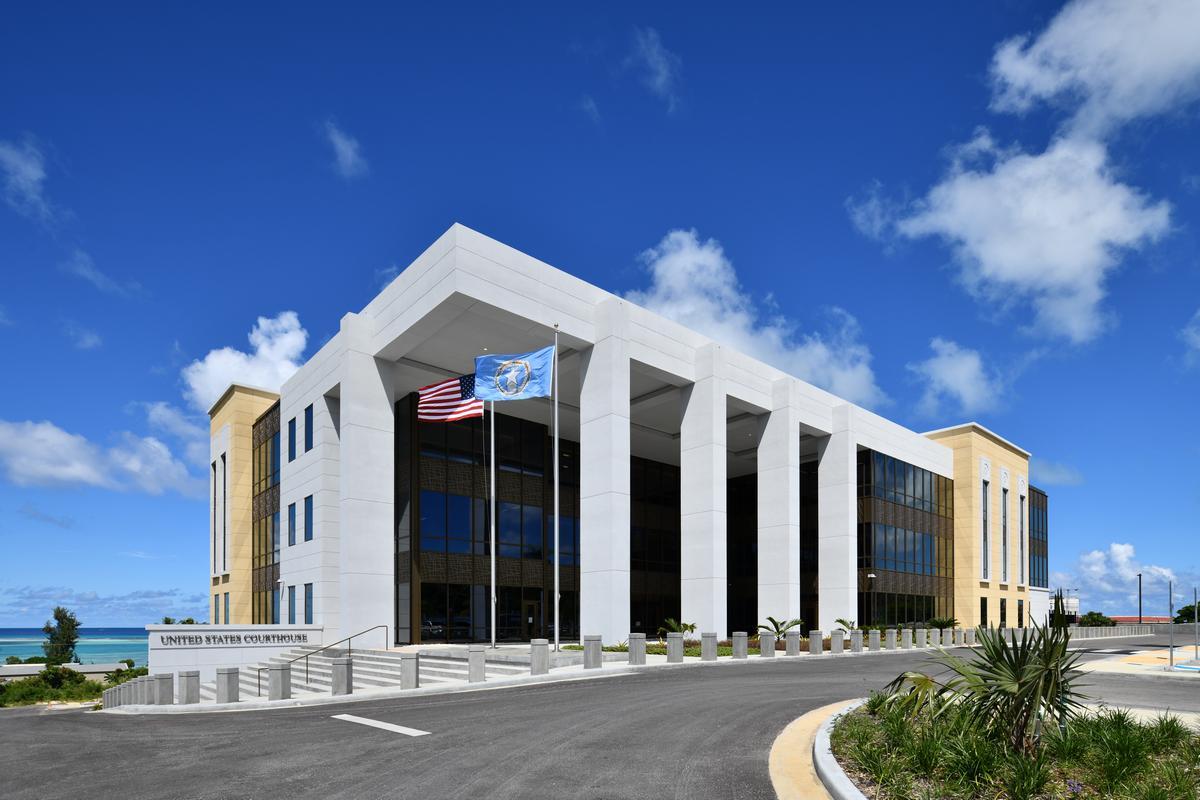Love him or not, the fact that Julian Assange was essentially in this giant diplomatic limbo for roughly 15 years of his adult life is a travesty, a miscarriage of justice, and to see him go free feels like the right move at this point.
Especially when you consider the classified video he helped surface to the world (with the help of Chelsea Manning) has led to little punishment beyond those who leaked the information.
I mean, what else are they going to get out of the guy after all this time?
Political mini-rant aside, I am oddly intrigued by this fire-and-ice travel strategy. Rather than going to the continental United States to deal with the crimes with which he’s been accused, he’s getting charged and doing his plea in the Northern Mariana Islands, a U.S. commonwealth with fewer than 60,000 residents, located about 3,000 miles away from Assange’s home country of Australia by air. (It’s an effort Australia has been working on for a long time, we hear.) While close enough to travel, it’s more than the distance of flying from New York to Los Angeles, but slightly less than the distance of flying from New York to Anchorage—or, as is relevant to this case, London to New York.
If you find weird or unusual topics like this super-fascinating, the best way to tell us is to give us a nod on Ko-Fi. It helps ensure that we can keep this machine moving, support outside writers, and bring on the tools to support our writing. (Also it’s heartening when someone chips in.)
We accept advertising, too! Check out this page to learn more.
Assange is essentially flying 7,000 miles to the furthest possible U.S. territory for what amounts to a day trip—a plea and sentencing, in a single day—to minimize his exposure to the United States and its legal system, which is pretty crazy. (I don’t know if the Bering Strait Islands have a federal courtroom, but I bet it would be pretty hard for the CIA to reach him there!)
Like two magnets with the same polarity, Assange and the United States are only barely going to touch—and that’s only because they’re being forced together. (Or, at least, that’s the plan. We’ll see what happens, but I will point out that Australia is a major U.S. ally, and they would be pissed if the Americans tried to pull something.)

If all goes to plan, the United States District Court For The Northern Mariana Islands, located in Saipan, will be one of the few places Julian Assange will visit during his trip to America.
The island’s federal courtroom knows the interest in the case is strong—it has an overflow room ready for him, even. I can’t imagine many people will be taking a flight to Saipan—from DC, it’s a 30+ hour flight with layovers, meaning that if you throw down nearly $3,000 to go first thing tomorrow, you’re going to only make it to the courtroom with a little time to spare. (Perhaps you should leave this story for the folks in Japan, who are a bit closer and actually have direct flights to the island.)
No word on what airport Assange will be landing at, but if you decided to make the trip, you’d be landing at Saipan International Airport, which has a fascinatingly complex diplomatic history of its own—built by the Japanese Navy just before World War II, the airport was captured by the United States during the Battle of Saipan, and commercialized in the 1970s. It is a bit busier than say, the airport at St. Helena, but make no mistake, this is the most inconvenient possible place to hold a hearing of this nature.

What Saipan looks like from space. (NASA/Wikimedia Commons)
It is absolutely wild that Assange’s diplomatic capital, even after all this time, is such that he’s able to come to an agreement like this, to barely even touch the United States, and appear in a courtroom for such a short amount of time as to make it a massive inconvenience for everyone involved. The negotiations that led to this deal must have been wild, and are going to make for an excellent movie someday. (Again, as long as he makes it home.)
Let’s face it, if you have the diplomatic capital, you might as well use it.
Landlocked Links
Apple’s insistence on using less RAM than its competitors for the iPhone and MacBook is coming to roost. On top of Apple Intelligence only working on recent Pro-level iPhones, the latest version of Xcode is said to require 16 gigabytes of RAM for its full feature set. Let’s hope they account for this in their next round of laptops.
The Blue Album just turned 30, and in its honor, Spotify aired a concert video of Weezer playing some of the classics from that record. A well-deserved victory lap for a band that somehow has remained relevant for longer than basically all of its ’90s peers.
You may not know Larry Finger, but if you used a laptop in Linux anytime in the past 15 years, you know his work. Finger, who died recently, was responsible for much of the work in developing WiFi drivers for devices that were once proprietary and inconsistent. Ars Technica has a wonderful obit on the guy.
--
Find this one an interesting read? Share it with a pal! And back at it in a couple of days.






